The 1960s were a golden era for music, giving us timeless classics from legendary artists like The Beatles, The Rolling Stones, and Aretha Franklin. But not every hit song had staying power. Some tracks burned brightly, topping the charts and dominating the airwaves, only to fade into obscurity as the years went by. Let’s take a look back at 12 songs from the ’60s that were once massive hits—but seem to have disappeared from the cultural conversation.
1. Sugar Shack – Jimmy Gilmer and The Fireballs (1963)
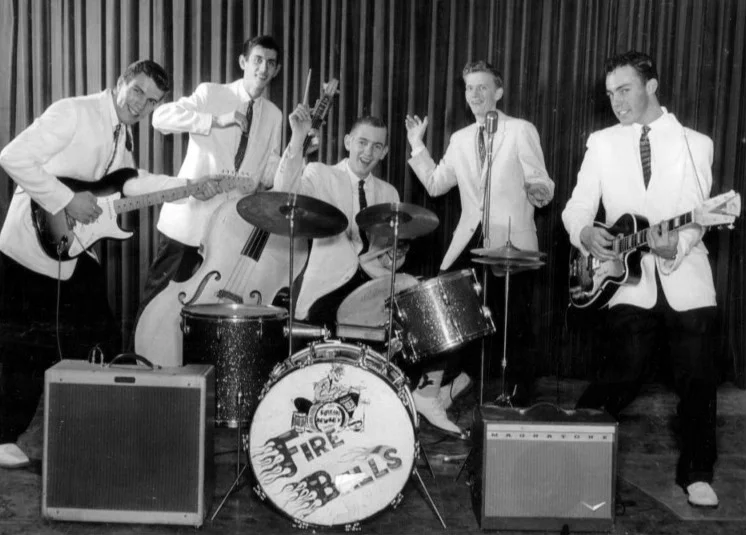
This upbeat tune dominated the charts in 1963, spending five weeks at No. 1 on the Billboard Hot 100. With its catchy melody and playful lyrics about hanging out at the local coffeehouse, Sugar Shack felt like the perfect snapshot of early ’60s innocence. Despite its success, the song didn’t have the staying power of other hits from the era. Today, it’s rarely heard on oldies stations or included in nostalgic playlists, leaving many to wonder how such a big hit could just disappear.
2. Harper Valley P.T.A. – Jeannie C. Riley (1968)
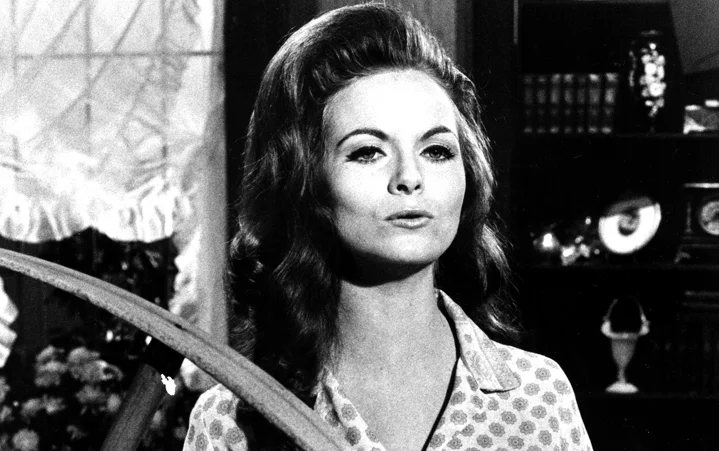
This cheeky country-pop crossover became an instant sensation, telling the story of a single mom who confronts a hypocritical school board. Riley became the first woman to top both the Billboard Hot 100 and the country charts with the same song, and the track even inspired a movie and TV series. Despite its initial success and cultural impact, Harper Valley P.T.A. seems to have fallen through the cracks, overshadowed by more enduring country classics. It’s a reminder of how even genre-defining hits can fade away.
3. This Diamond Ring – Gary Lewis & The Playboys (1965)
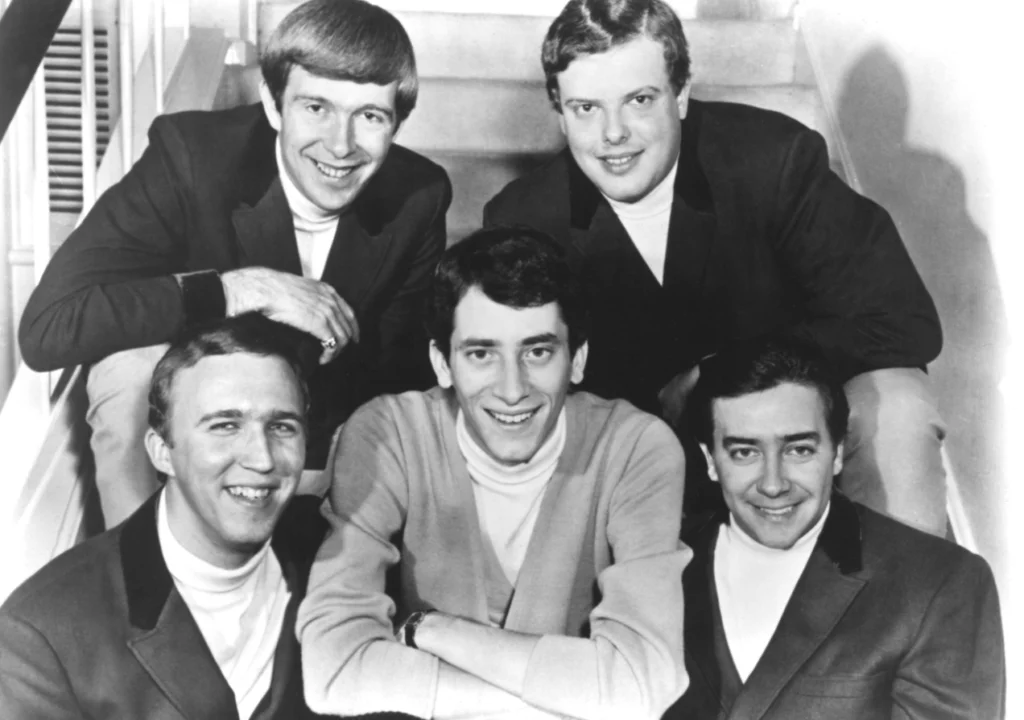
With its upbeat sound and catchy chorus, This Diamond Ring became a No. 1 hit in 1965. The band, led by Gary Lewis (son of comedian Jerry Lewis), had several other hits, but this one was their biggest. The song’s mix of pop and rock elements captured the era perfectly, yet it hasn’t had the lasting appeal of other British Invasion-inspired tracks. Many younger listeners have likely never heard of it, despite its once-massive popularity.
4. Winchester Cathedral – The New Vaudeville Band (1966)
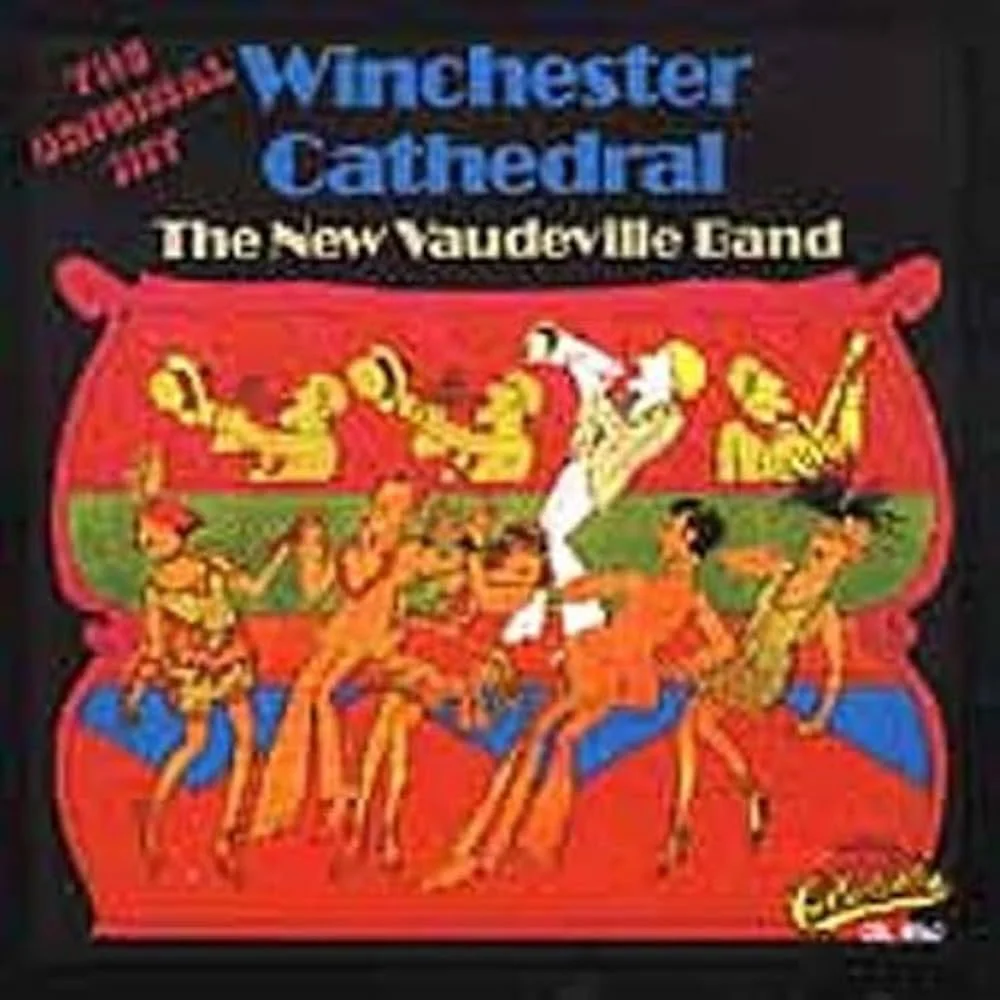
This quirky, old-timey tune took a retro approach, mimicking the sound of a 1920s dance hall song. It was a novelty hit that climbed all the way to No. 1 in the U.S. and even won a Grammy for Best Contemporary Song. The band’s sound was so unusual for the time that many listeners thought the track was recorded decades earlier. While it was a fun and lighthearted hit in 1966, Winchester Cathedral now feels like a forgotten relic of a brief novelty trend.
5. Green Tambourine – The Lemon Pipers (1967)
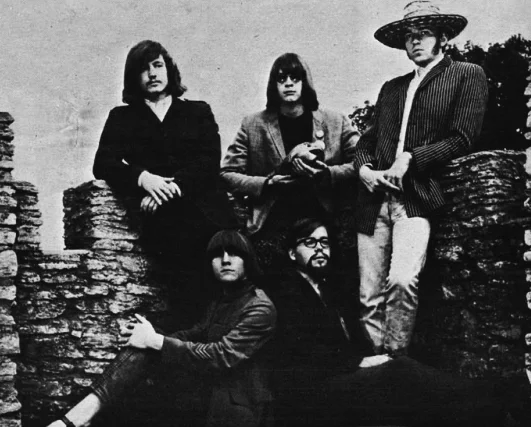
With its psychedelic vibe and use of a real tambourine, Green Tambourine became a major hit during the late ’60s. It reached No. 1 on the Billboard Hot 100 and helped define the “bubblegum pop” genre. The song’s whimsical lyrics and sitar-like sound fit perfectly into the era, but The Lemon Pipers never managed to replicate its success. As the psychedelic trend faded, so did this track, and it’s now a deep cut for even die-hard ’60s music fans.
6. Na Na Hey Hey Kiss Him Goodbye – Steam (1969)
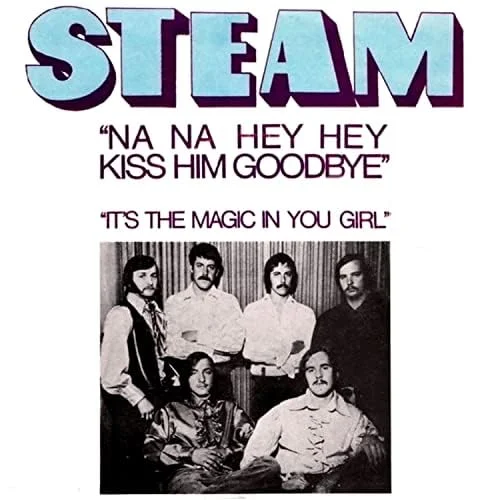
You’ve probably heard the chant “na na na na, hey hey hey, goodbye” at a sporting event, but the full song behind it has mostly been forgotten. When Na Na Hey Hey Kiss Him Goodbye hit the charts in 1969, it climbed all the way to No. 1, but the band Steam never scored another big hit. The infectious chorus took on a life of its own, becoming a crowd anthem while the rest of the song faded into obscurity. It’s a strange case of a hook outliving the track it came from.
7. In the Year 2525 – Zager and Evans (1969)
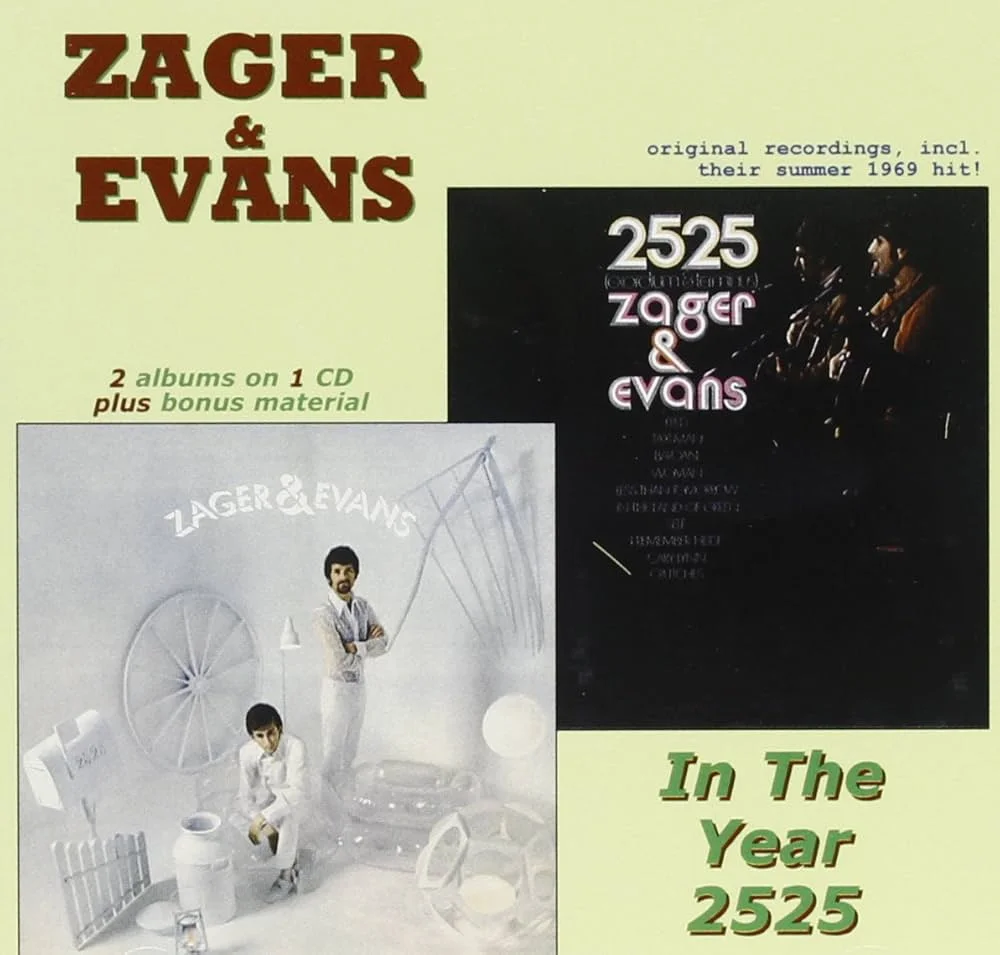
This sci-fi-themed song imagined a dystopian future with each verse jumping forward in time. It became a surprise hit, reaching No. 1 on the Billboard Hot 100 and capturing the late ’60s fascination with futuristic themes. Despite its initial success, the song quickly fell out of fashion, perhaps due to its dark and somewhat strange lyrics. Zager and Evans never had another hit, leaving In the Year 2525 as a true one-hit wonder from the era.
8. Judy in Disguise (With Glasses) – John Fred & His Playboy Band (1967)
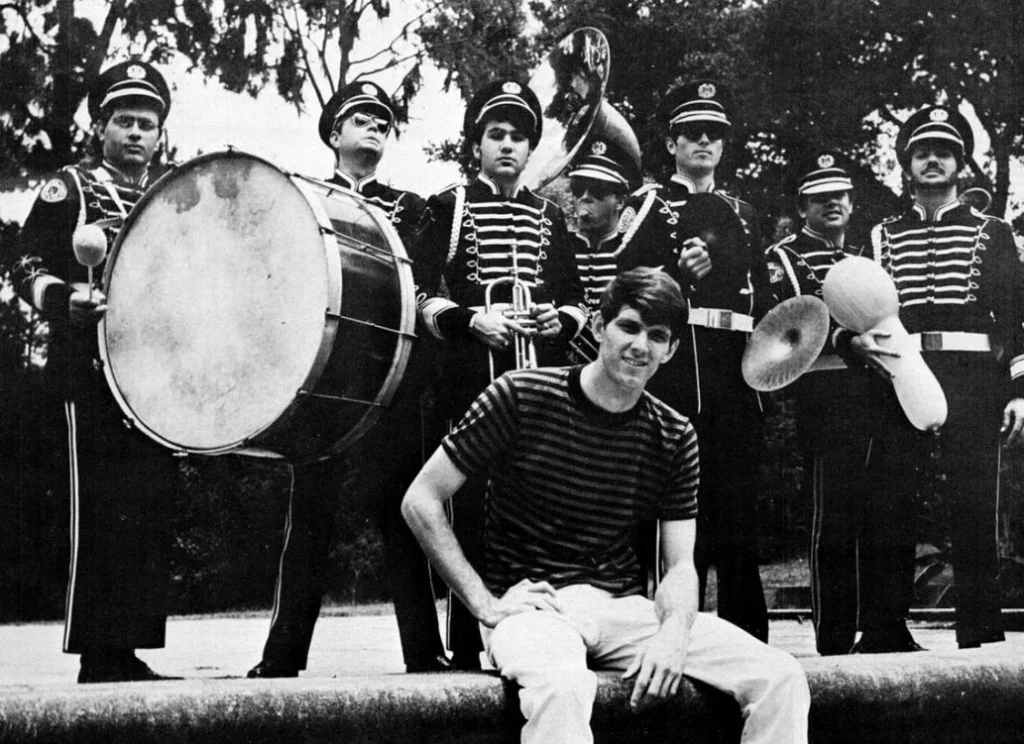
A playful parody of Lucy in the Sky with Diamonds, this song reached No. 1 in 1967 with its catchy tune and humorous lyrics. The title was a twist on The Beatles’ hit, and the song’s funky brass section gave it a fun, upbeat feel. Despite its success, Judy in Disguise hasn’t had the longevity of the track it parodied, and it rarely comes up in discussions of ’60s music today. It’s a fun listen, but it never fully cemented itself as a classic.
9. Little Green Apples – O.C. Smith (1968)
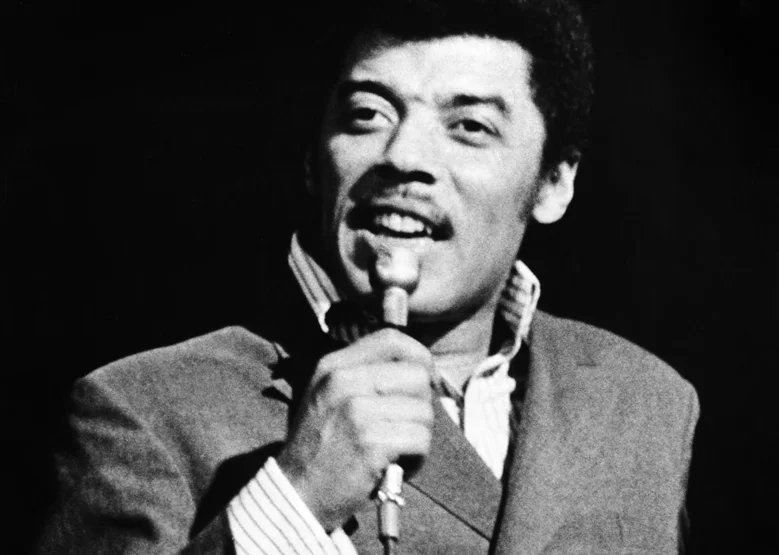
This sweet, soulful track won a Grammy for Song of the Year, and its heartfelt lyrics resonated with audiences. Smith’s rich voice brought the story of everyday love to life, and the song climbed the charts in both the pop and adult contemporary categories. Despite all this success, Little Green Apples hasn’t remained a well-known classic. It’s a hidden gem from the ’60s that deserves more love than it gets.
10. Love (Can Make You Happy) – Mercy (1969)
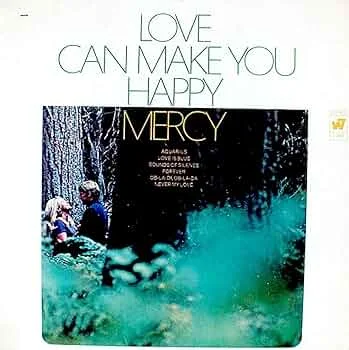
This soft rock ballad became a hit in 1969, showcasing Mercy’s gentle harmonies and romantic lyrics. It was a quintessential love song of the late ’60s, blending a laid-back sound with heartfelt sentiments. Unfortunately, Mercy never managed to match this success, and the song slowly faded from playlists. It’s a reminder of how fleeting fame can be in the music industry.
11. Grazing in the Grass – The Friends of Distinction (1969)
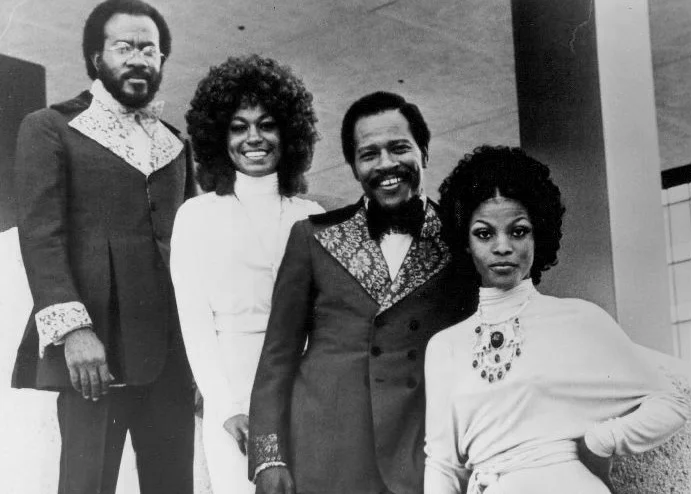
Originally an instrumental hit by Hugh Masekela, Grazing in the Grass became a pop hit when The Friends of Distinction added upbeat lyrics and harmonies. The song’s infectious melody and feel-good vibe made it a summer favorite, and it reached No. 3 on the charts. While the instrumental version still pops up occasionally, the vocal track has largely been forgotten. It’s a lively track that deserves another listen.
12. The Ballad of the Green Berets – SSgt. Barry Sadler (1966)
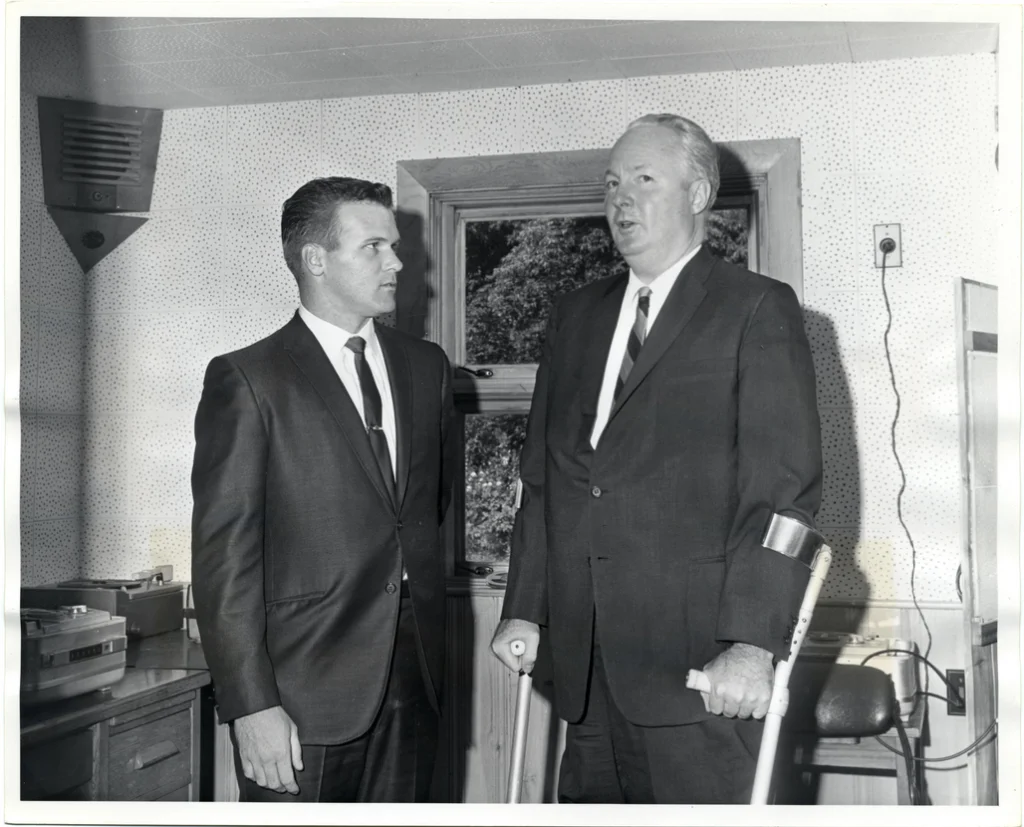
This patriotic ballad became a surprise hit during the height of the Vietnam War, reaching No. 1 and standing in stark contrast to the more rebellious songs of the era. Sadler, a Vietnam veteran, wrote the song as a tribute to the Special Forces, and its martial drumbeat and solemn lyrics resonated with many. However, as the war became more controversial, the song fell out of favor, and it’s rarely heard today. It’s a fascinating time capsule from a very specific moment in American history.
The 1960s were packed with unforgettable music, but not every hit stood the test of time. These songs remind us that musical fame can be fleeting—even for chart-topping tracks. Listening back to them now, it’s like rediscovering hidden treasures from a bygone era, proving that sometimes the best gems are the ones waiting to be uncovered again.


